
The Song Sparrow occurs in a wide variety of habitats across North America and Mexico. According to Pyle, Identification Guide to North American Birds, there are 29 sub-species in North America and ten more in Mexico. The Sibley Guide illustrates three regional variations and simply remarks that “all populations are connected by an unbroken cline of intergrades.”
At all banding stations there are time pressures. The nets are tended at a regular interval when open; captured birds are quickly identified, banded, aged and sexed when possible, measured, weighed and released expeditiously. The common Song Sparrow is not often doted upon.
Eastern Song Sparrows generally have a wing chord measurement of 50 to 62 mm and weigh between 18 and 22 grams. In the early spring they usually carry only a trace of body fat, as they are not long-distance migrants.
Thus, I should have taken note ten days ago when the wing ruler read 68mm. As soon as the scale read 28.7 grams following a fat score of 4 out of a possible 5 (which is obese, and good if you are a migrant Song Sparrow with far-away places to reach). I never should have let the bird go without further examination and measurement, but I did. Silly me.
But the whole episode caused me to search my memory of other Song Sparrows I had known. Not Song Sparrows in the hand, but Song Sparrows seen in times gone by. Song Sparrows which were migrants. Quickly, I was eight, perhaps younger, barefoot and walking on a tar sidewalk in early June smelling privet on the way to a tiny post office in a summer hamlet on Cape Cod to fetch the morning mail for my mother. And Song Sparrows were singing from the telephone wires their distinctive song with their introductory notes. Listen here: http://www.birds.cornell.edu/BOW/SONSPA/
Song Sparrows have had an effect upon others, hopefully even you. Take Margaret Nice of Columbus, Ohio, for example. During the Depression she watched and banded Song Sparrows near her home for years. As a result of her interest, the science of bird populations and territory was moved forward in ways important even now.. Go to: http://elibrary.unm.edu/sora/ and search under author, Nice; Subject, Song Sparrow; Journal, The Condor.
If a Song Sparrow has not yet touched your life, let one do so this spring. You need not look far either to hear or to see one.
Peter
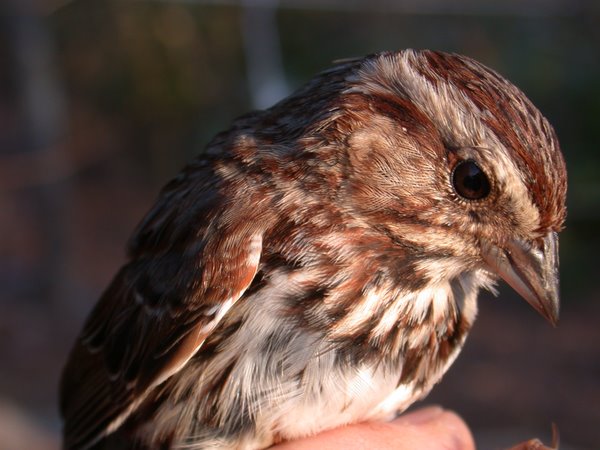
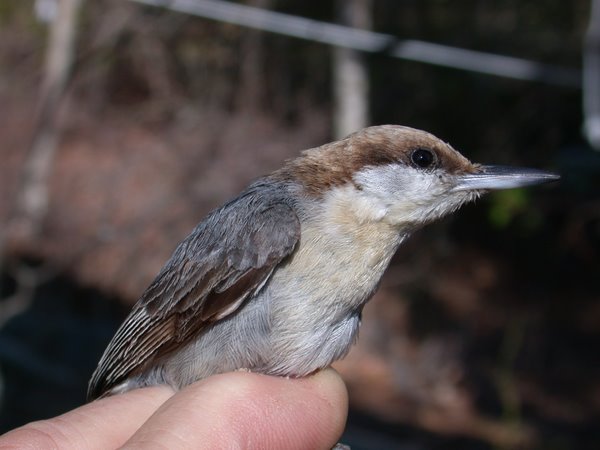
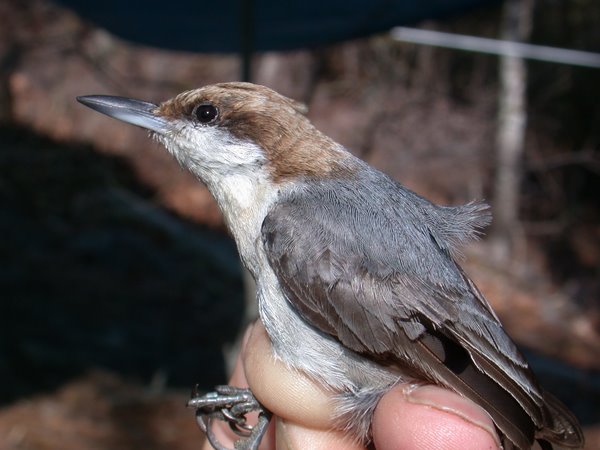
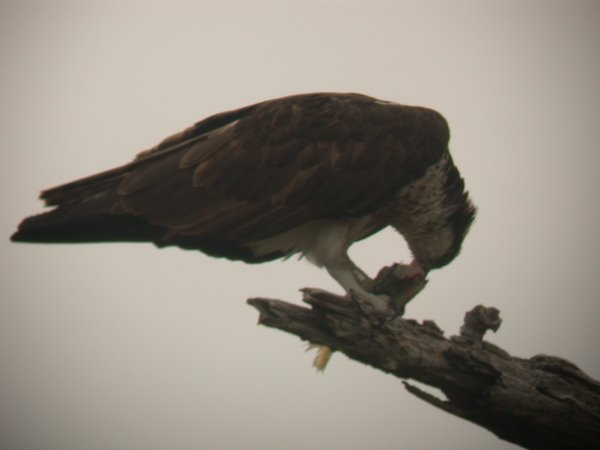


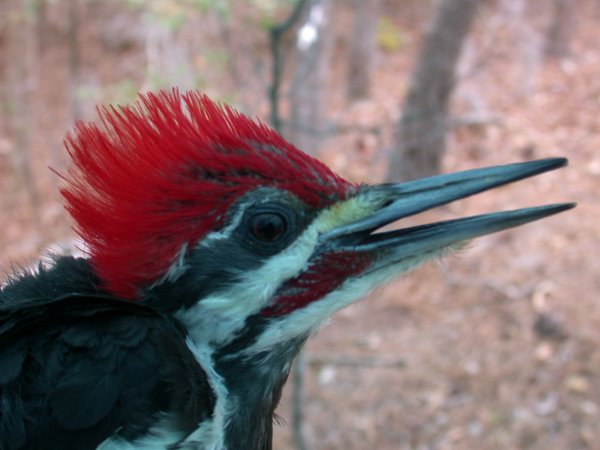
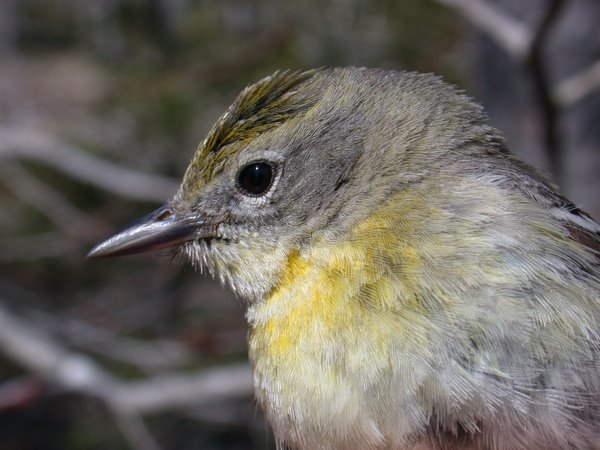
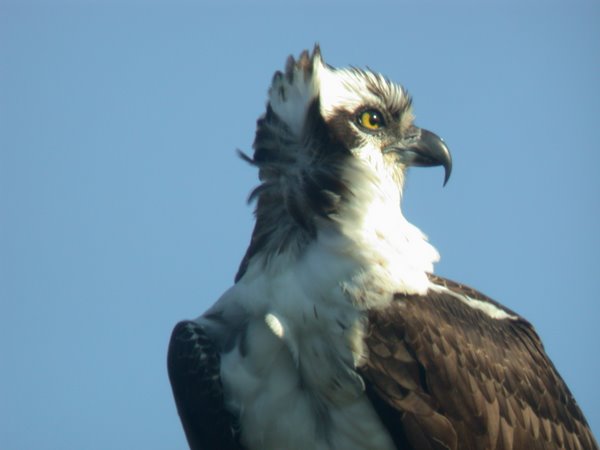
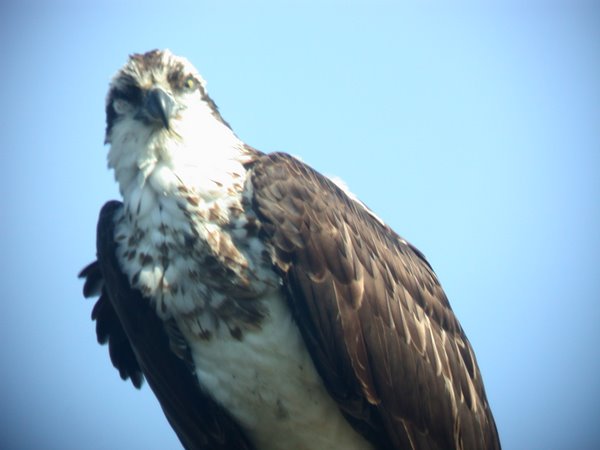
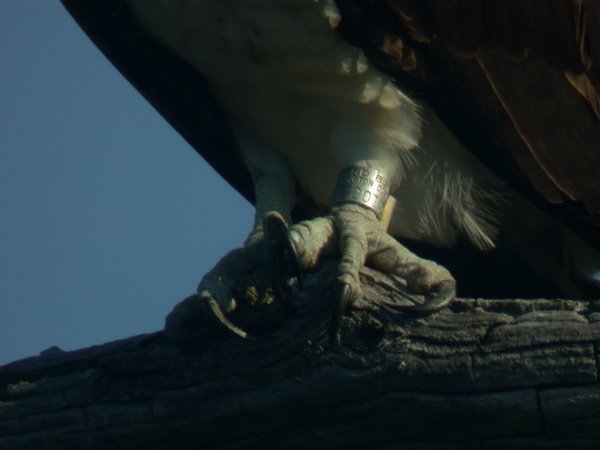
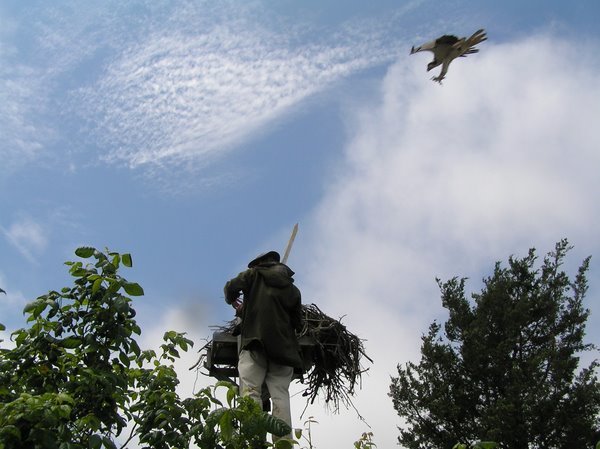

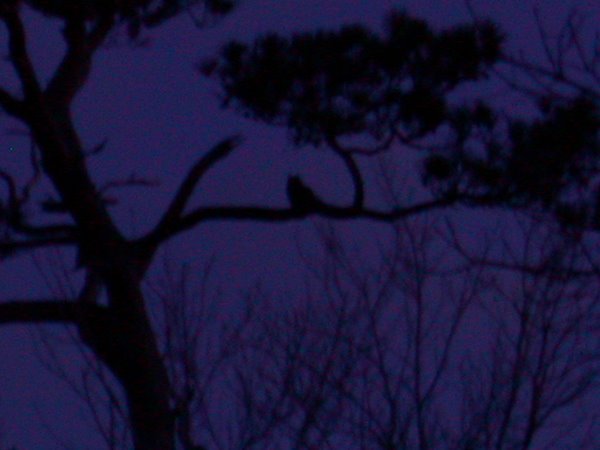



No comments:
Post a Comment